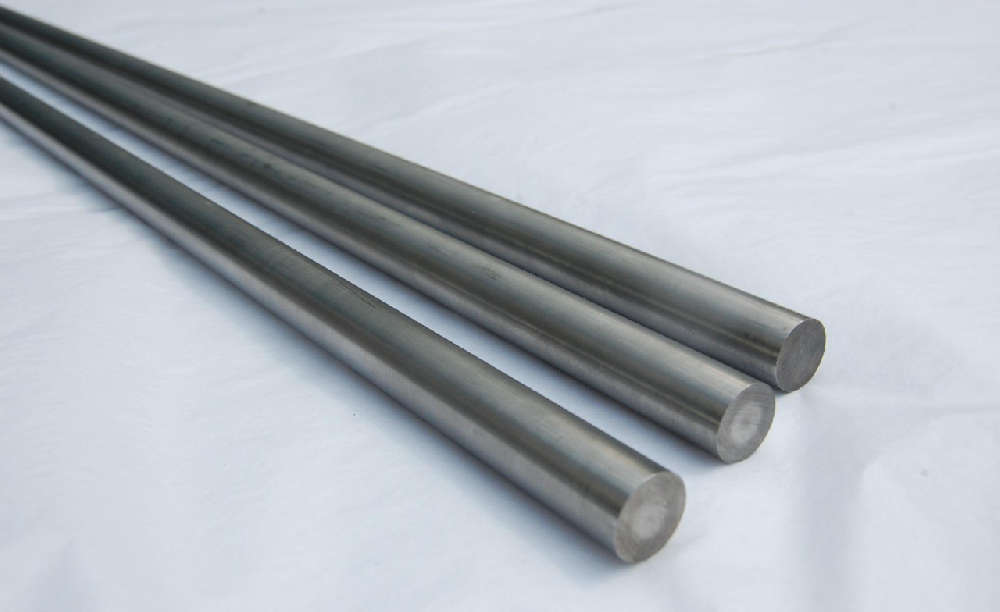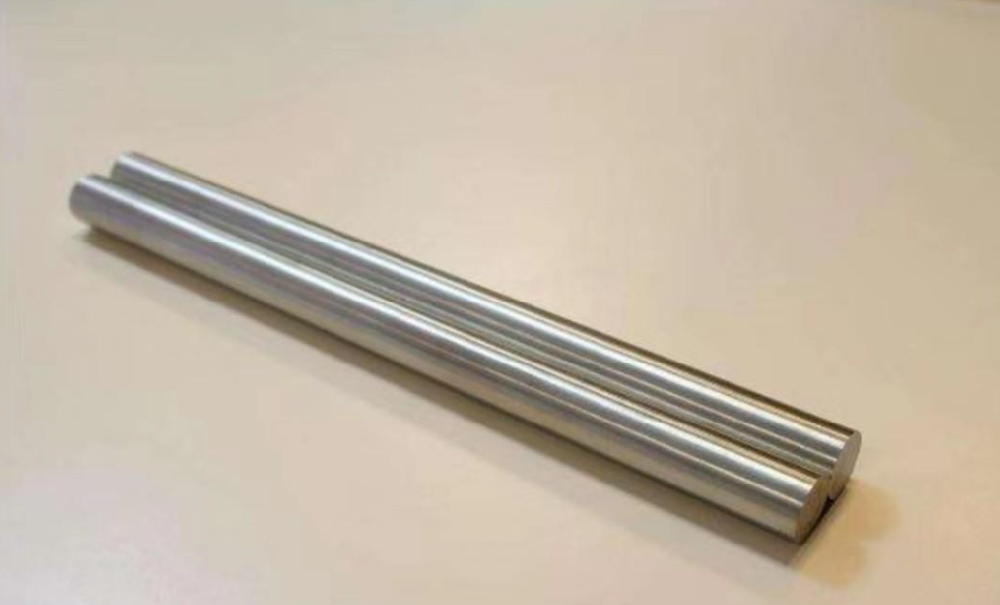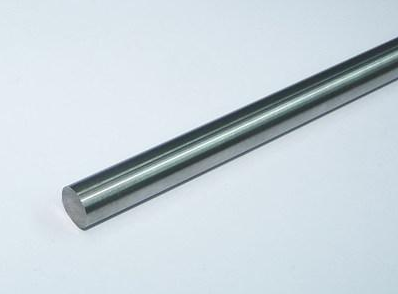

Titanium is an allotrope with a melting point of 1720 ℃ and a densely packed hexagonal lattice structure below 882 ℃, known as α Titanium; It exhibits a body centered cubic lattice structure above 882 ℃, known as β Titanium. By utilizing the different characteristics of the above two structures of titanium, appropriate alloying elements are added to gradually change its phase transition temperature and phase content, resulting in titanium alloys with different microstructures. At room temperature, titanium alloys have three types of matrix structures, which can be divided into the following three categories: α Alloy( α+β) Alloy and β Alloy. China is represented by TA, TC, and TB respectively.
α titanium alloy
It is α A single-phase alloy composed of solid solutions, whether at general temperatures or higher practical application temperatures, is α Phase, stable organization, higher wear resistance than pure titanium, and strong antioxidant ability. At temperatures ranging from 500 ℃ to 600 ℃, it still maintains its strength and creep resistance, but cannot undergo heat treatment strengthening, and its room temperature strength is not high.
β titanium alloy
It is β A single-phase alloy composed of phase solid solution has high strength without heat treatment. After quenching and aging, the alloy is further strengthened, and the room temperature strength can reach 1372-1666 MPa; However, its thermal stability is poor and it is not suitable for use at high temperatures.
α+β titanium alloy
It is a dual phase alloy with good comprehensive properties, good structural stability, good toughness, plasticity, and high-temperature deformation properties. It can be subjected to hot pressure processing well, and can be quenched and aged to strengthen the alloy. The strength after heat treatment is about 50% to 100% higher than that in the annealed state; High temperature strength, can work for a long time at temperatures ranging from 400 ℃ to 500 ℃, and its thermal stability is inferior to α Titanium alloy.
The most commonly used among the three titanium alloys is α Titanium alloy and α+β Titanium alloy; α Titanium alloy has the best machinability, α+β Titanium alloy comes second, β Titanium alloy is the worst. α The titanium alloy code is TA, β The titanium alloy code is TB, α+β The titanium alloy code is TC.
Titanium alloys can be divided into heat-resistant alloys, high-strength alloys, corrosion-resistant alloys (titanium molybdenum, titanium palladium alloys, etc.), low-temperature alloys, and special functional alloys (titanium iron hydrogen storage materials and titanium nickel memory alloys) according to their uses. The composition and properties of typical alloys are shown in the table.
Heat treated titanium alloys can obtain different phase compositions and microstructures by adjusting the heat treatment process. It is generally believed that fine equiaxed structures have good plasticity, thermal stability, and fatigue strength; Needle like tissue has high persistent strength, creep strength, and fracture toughness; Isoaxial and needle like mixed tissues have good comprehensive performance.



Consultation
+86 0917-3512210